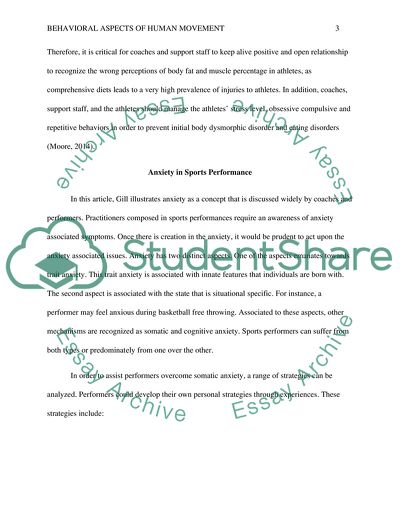Cite this document
(The Ideal Shape of the Body and Physical Self-Worth Case Study Example | Topics and Well Written Essays - 1250 words, n.d.)
The Ideal Shape of the Body and Physical Self-Worth Case Study Example | Topics and Well Written Essays - 1250 words. https://studentshare.org/psychology/1851053-behavioral-aspects-of-human-movement
The Ideal Shape of the Body and Physical Self-Worth Case Study Example | Topics and Well Written Essays - 1250 words. https://studentshare.org/psychology/1851053-behavioral-aspects-of-human-movement
(The Ideal Shape of the Body and Physical Self-Worth Case Study Example | Topics and Well Written Essays - 1250 Words)
The Ideal Shape of the Body and Physical Self-Worth Case Study Example | Topics and Well Written Essays - 1250 Words. https://studentshare.org/psychology/1851053-behavioral-aspects-of-human-movement.
The Ideal Shape of the Body and Physical Self-Worth Case Study Example | Topics and Well Written Essays - 1250 Words. https://studentshare.org/psychology/1851053-behavioral-aspects-of-human-movement.
“The Ideal Shape of the Body and Physical Self-Worth Case Study Example | Topics and Well Written Essays - 1250 Words”. https://studentshare.org/psychology/1851053-behavioral-aspects-of-human-movement.


